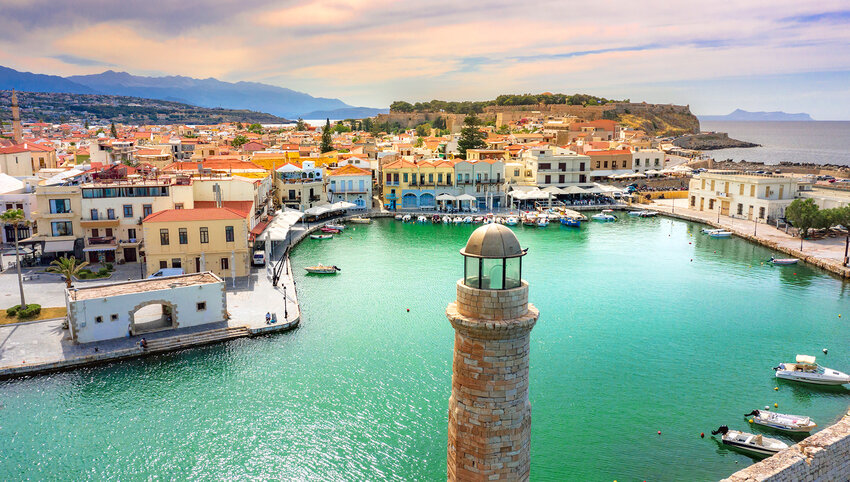Sponsored By:

There’s a sign on the cash machine in Lindos, on the Greek island of Rhodes. Posted each October, it reads “The ATM will remain closed until April.” It’s a familiar sight in many places across the Mediterranean, where the off-season demands triggers a return to calm normalcy for the locals. Regardless, the region is at its glorious best in spring, a sweet spot between the closures of winter and the hordes of summer sun seekers whose arrival pushes up the price of accommodation. Temperatures are warm enough to recline on a lounger with a book, yet perfectly pleasant if you’re keen to spend the day sightseeing without working up too much of a sweat. Tempted? Here are six Mediterranean trips to book now for spring.
Before You Go
The languages that flourish around the coast of the Mediterranean are varied and ancient. You'll hear Greek, Italian, French, Spanish, Arabic, and more when you hop around this vast and stunning body of water. Instead of being a passive listener, why not engage in the local dialects during your travels? With Babbel, it's easier than ever to pick up a new language. Their bite-sized lessons only take 10 minutes a day, and will have you speaking with the locals by the time you land on the Mediterranean's shores.
The Greek Islands
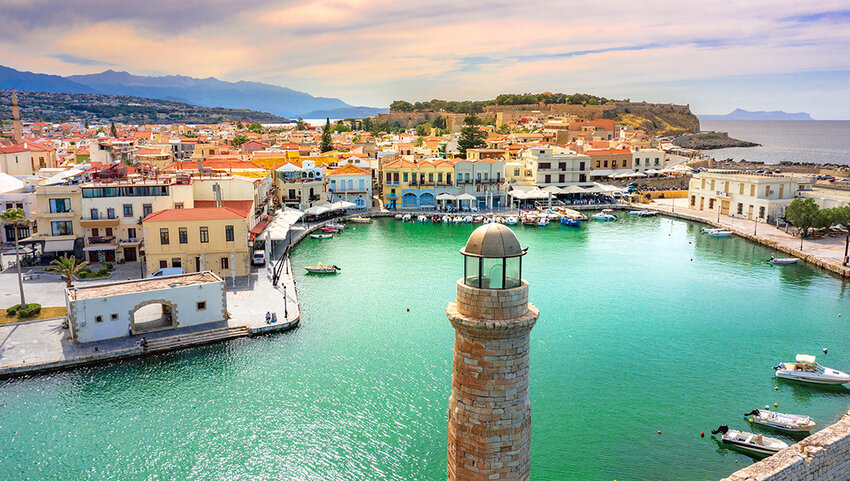
November to March is low season for the Greek Islands. Plane schedules shrink or disappear, while ferries move to a timetable that suits the needs of locals rather than tourists. However, as April gets underway, they’re ready to welcome visitors again. By spring, the sun is starting to muster some strength, though you’ll most likely need to wait until late May if you’re hoping to swim in the sea. On islands such as Santorini, the likelihood of clearer skies makes for more dramatic sunsets over the caldera and in spring, you won't have to jostle for position to photograph it. Meanwhile, if you’re hoping to get your fill of archaeology and history in places such as Crete, the lengthening days enable you to fit more sites into your itinerary.
The Camargue, France
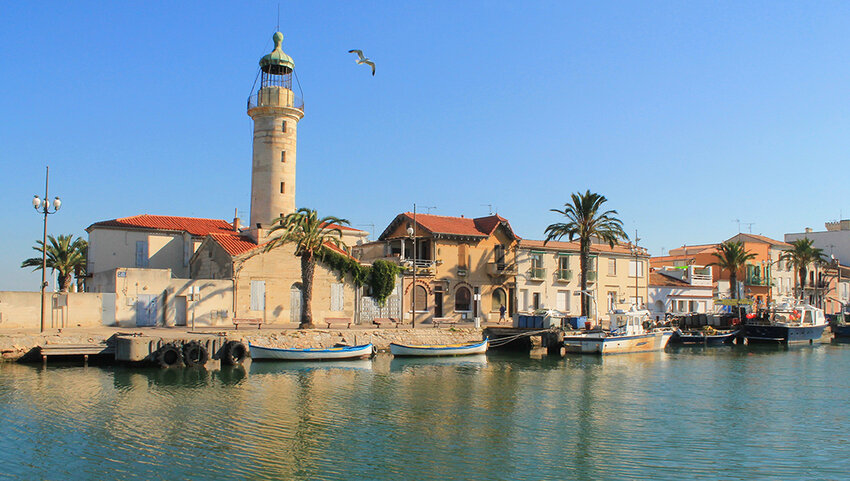
The River Rhône empties into the Mediterranean in the Camargue region of Provence, creating a beautiful and expansive salt marsh. Birdwatchers delight in the abundance of species it supports, and spring is a good time to see flamingos, who return by March after spending the winter further south. This part of France is also the spiritual home of the Roma. In May, they descend on the town of Saintes-Maries-de-la-Mer for their annual Pélerinage Gitan. Nearby, on large agricultural estates called manades, gardians (Provençal cowboys) still rear herds of black Camargue bulls, rounding them up on white horses as tradition dictates. Eat fresh seafood and walk the fortified walls of Aigues-Mortes to gaze out over the watery landscape — this medeival town's name translates as "dead waters" for the salty marshland on which it sits.
Malta
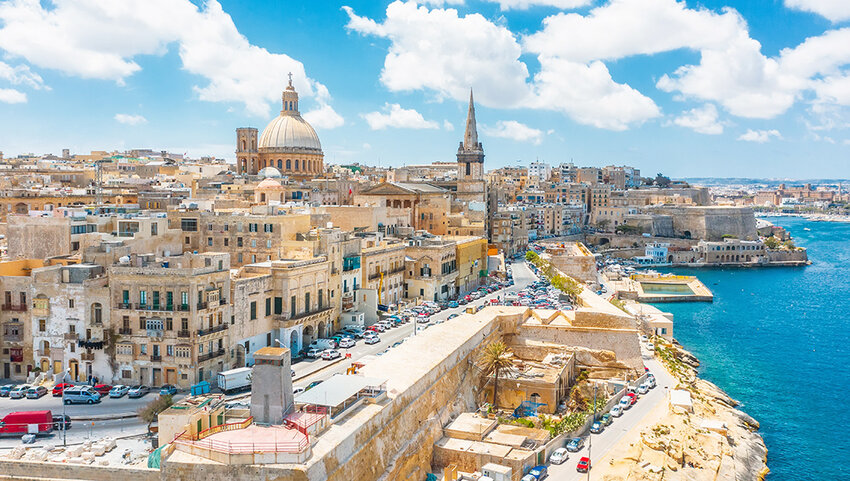
Malta bills itself as a year-round destination with 300 days of sunshine a year. While a chill in the air accompanies those blue skies in winter, spring offers ideal sightseeing weather. The historic Three Cities – Vittoriosa, Senglea, and Cospicua – are a boat ride from Valletta, the country’s charming capital city. You’ll also want to catch a vintage bus to Mdina. Enter this fortified former capital via the Baroque-style Vilhena gate; once inside, explore a labyrinth of alleyways that lead to medieval palaces and scenic overlooks from this hilly spot. Across the island, boats painted in bold colors bob on the water of the fishing port of Marsaxlokk and there’s a busy produce and crafts market on the quayside that’s hard to resist. Malta also boasts a slew of megalithic temples, including those at Mnajdra and Ħaġar Qim. Around the island you'll hear plenty of people speaking in Maltese, the island nation's official language, but also Italian, which was an official language of the nation up until 1934.
Tunisia
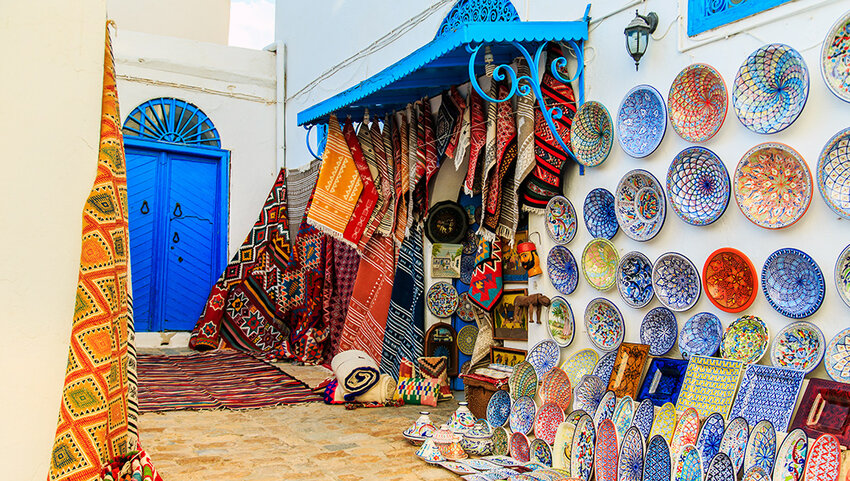
Tunisia sits on the Mediterranean’s southern shore, and though it’s best known for its beaches, in spring its characterful capital Tunis makes a good base for a city break. Admire the Roman mosaics on display in the Bardo Museum and wander through its centuries-old souk. The ruins of ancient Carthage lie on the outskirts of the city, while a short train ride gets you to Sidi Bou Said, a pretty coastal village beloved of artists. With more time, explore the UNESCO-listed Roman amphitheater at El Jem. Further south, the troglodyte caves of Matmata doubled as the planet Tatooine, the home of Luke Skywalker in Star Wars. Head further inland to Douz, the gateway of the Sahara, and onto the Chott el Djerid, an impressive salt lake.
Menorca, Spain

Spain's Balearic islands are a popular fly and flop destination in summer, but in spring, they lure hikers and sightseers. Menorca is the second largest island in the chain. It’s a good fit for foodies – after all, the capital Mahon was where they invented mayonnaise and where they’ve been distilling Xoriguer gin for more than two centuries. In the interior, visit dairies where you’ll be shown how to make cheese the old-fashioned way. In the old port of Ciutadella, there are almost as many ice cream parlours as there are historic sites. Nature is also a big draw. Breathe in the aroma of pine forest as you hike between calas (coves in Spanish). By late spring, you’ll be able to take a dip in Menorca’s dazzling, turquoise-colored bays; if the water’s still too chilly, take a boat trip instead. As evening approaches, dress to impress if you plan to watch the sun puddle into the water from a cliff-side table at fashionable Cova d'en Xoroi.
Sicily, Italy
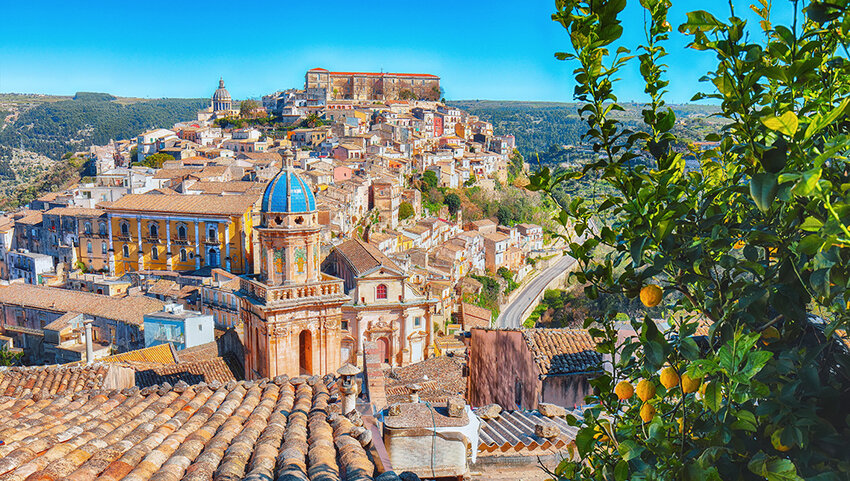
There’s no bad time to visit Sicily, but Easter is a particularly special time of year on the Mediterranean’s largest island. During Holy Week, the town of Piana degli Albanesi celebrates with a nod to its Albanian and Byzantine cultural traditions. Residents of San Fratello mark the Festa dei Giudei (Feast of the Jews in Italian), dressing up as Judeans to re-enact the events leading up to Christ’s crucifixion. Modica hosts the Madonna Vasa Vasa festival, where a crowd gathers to watch a procession and ceremony involving a statue of Christ and another of the Virgin Mary. Meanwhile Trapani is the setting for the longest parade of all: the Procession of the Mysteries. It begins on Good Friday and ends on Easter Saturday, during which time devotees known as massari sway rhythmically as they carry around twenty wooden statues along a 12-mile route.

